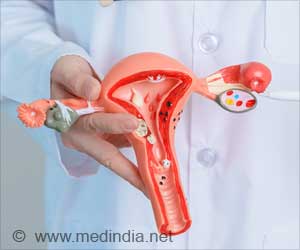
In "Early Skin-to-Skin Contact in the Delivery Room Leads to an Increase in Exclusive Breastfeeding during the Newborn Hospital Stay," researchers reviewed electronic medical records of single, late preterm or term healthy births at a New York hospital. Study authors looked for information on whether or not the mother and infant had skin-to-skin contact in the delivery room, as well as maternal age, intention to breastfeed, gestational age, mode of delivery, admission temperature and glucose testing on admission to the newborn nursery. They also noted the number of formula feedings, birth weight, discharge weight and duration of hospital stay.
In total, 150 newborn hospital records were reviewed, of which 53 percent of the infants had skin-to-skin contact with their mothers in the delivery room. Seventy-two percent of the mothers intended to breastfeed exclusively, although only 28 percent actually did. The intention to breastfeed and skin-to-skin contact were significantly related to exclusive breastfeeding, independent of maternal age, mode of delivery, parity and gestational age. When corrected for gestational age and delivery mode, exclusive breastfeeding was significantly associated with skin-to-skin contact.
"Breastfeeding is one of the easiest things we can do for babies to make sure they're growing up healthy," said study author Darshna Bhatt, DO, MPH. "While skin-to-skin contact is associated positively with exclusive breastfeeding, the statistically significant factor is intention."
This "synergistic effect" between intent and skin-to-skin contact increases the odds that a mother will breastfeed, she said.
"We have to create a more interdisciplinary approach to increasing awareness and intention," Dr. Bhatt said. "When moms declare their intention to breastfeed, there really shouldn't be a reason why they don't have skin-to-skin contact with her new infant in the delivery room."
Advertisement
Source-Eurekalert










